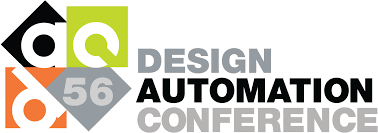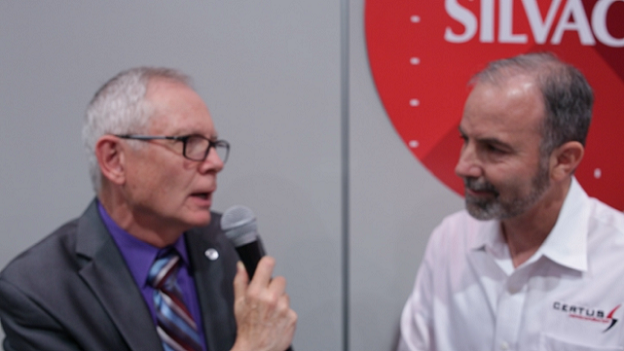I/O Design and Characterization&How Can You Compete with Free?

“It’s been amazing how fast we’ve been able to turn out new libraries, new spins, new corner models with your tools.”
– Stephen Fairbanks, CTO of Certus Semiconductor
I interviewed Silvaco partner Stephen Fairbanks, CTO of Certus Semiconductor from the show floor at DAC 2019, in Las Vegas, about I/O Design and Characterization. He talks about using the Viola characterization tool from Silvaco for a complex part while under time pressure to produce an accurate model. A full ranscript of the conversation is below.

Graham Bell: Hi, I’m speaking with Stephen Fairbanks, CTO of Certus Semiconductor. Hi, Stephen.
Stephen Fairbanks: Hi, Graham. Thank you for having me today.
GB: We’re at DAC in Las Vegas. It’s warm outside, but we’re inside here talking about I/O and how I/O is involved with different aspects of chip design. Certus Semiconductor provides I/O services and I/O products for IC designers. Now, you mentioned off camera that I/Os are free from the IC Foundries, so how can you make a business when somebody else is offering free?
SF: That’s an excellent question. We’ve been doing this for12 years now. And yes we do, we compete with free, because you can get I/Os and you can get ESD libraries from the Foundries for free, and even a lot of the IP core suppliers will offer I/Os as part of their packages. We have found a niche. Because what’s happened as technologies progressed, the interfaces have become more complex. Companies need more features in a single product, they need more voltage domains, more power capabilities; they need power down modes, and they need I/Os to serve multi-role purposes, and we can help them do that. And another feature is area, especially in the realm of IoT and consumer electronics this is a big issue. We are always able to optimize our customers’ packages, packaging, pad rings by tailoring the I/O to their particular cost and product needs. So in those areas, we can beat the foundries every time.
GB: That’s great. Now we have a new verification solution called Viola 10X, and that’s been used in at least one application I think that you’re aware of. Can you share your experiences with our new Viola application?
SF: Right. A lot of times customers need a model, particularly .Lib, Liberty timing model. We have a suite of tools in-house that we’ve used to generate those models. And they will take us some time to run all the simulations, all the corners embedded in a model, validate the model, and even then, there’s still problems. I/Os are very complex models. Most .Lib models for embedded digital cells, they’ll have three or four inputs, one output, maybe two outputs and one operating mode. Whereas, an I/O might have 10 or 15 inputs, two or three different power supplies, a single output, and multiple operating modes. So on average, generating .Lib models for I/Os has taken us usually a week to two weeks, depending on the complexity of the I/O. With the tools from Silvaco, we’ve seen turnaround times in as little as a day. We’ve been able to submit very complex I/Os to Viola. It will take us a few days to get the tool and the set-ups configured correctly, but when you hit the button, it goes. It’s been amazing how fast we’ve been able to turn out new libraries, new spins, new corner models with your tools. So we’ve been very happy with what we’ve seen so far and expect to see a lot more in the future.
GB: So how do people hear about Certus Semiconductor?
SF: Everything has been word of mouth. We just started in the last year and a half, really, to really try and make a marketing push. We’re still new at marketing, it’s not our strength. Designing I/Os is. This has been one of the beauties of partnering with Silvaco. We are leveraging Silvaco’s sales and marketing arms to push our product to their customers. And what we’re finding is, a lot of your customers are saying, “Yeah, we’ve had issues with I/O and ESD, and we could use some solutions.” And it’s been a really good way to branch out beyond our normal organic word of mouth growth.
GB: Stephen, thanks for sharing with us about what’s going on in the world of I/Os and with Certus Semiconductor.
SF: Thank you very much, Graham.

